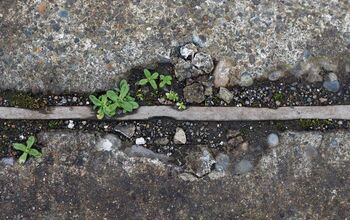

Do you dread driving or walking through your muddy driveway after a rainy day? Is the muddy mess ruining your shoes and making your car look like it just went off-roading? If so, it’s time to take action and learn how to fix a muddy driveway. In this comprehensive guide, we’ll explore proven techniques to transform your muddy nightmare into a smooth and stable surface, ensuring a hassle-free experience every time you enter or leave your property.


A muddy driveway is a common problem faced by many homeowners, especially during wet seasons or in areas with poor drainage. It occurs when water accumulates on the driveway surface, saturating the soil and creating a soft and unstable base. This can be attributed to various factors, including:
The consequences of a muddy driveway extend beyond aesthetic concerns. It can cause safety hazards for pedestrians and vehicles, as well as:
Therefore, it’s crucial to address the issue of a muddy driveway promptly to maintain the safety, appearance, and value of your property.
Before embarking on any repairs, it’s essential to assess the extent and underlying causes of the muddiness. Determine the areas most affected, check the soil conditions, and identify any factors contributing to the problem. This will help you plan an effective strategy tailored to your specific driveway.
Proper drainage is key to preventing water accumulation and mud formation. Consider installing drainage systems such as French drains or catch basins to divert water away from the driveway. Ensure the driveway is graded with a slight slope to encourage runoff.
Compacted soil can form a stable base and reduce muddiness. Use a roller or compactor to firm the soil, especially after heavy rainfall or excavation.
A layer of base material, such as crushed stone or gravel, provides a solid foundation for the driveway and improves its drainage. Spread the base evenly and compact it thoroughly.
The choice of surface material for your driveway plays a significant role in reducing muddiness. Consider options such as asphalt, concrete, pavers, or gravel. Each material offers unique advantages and drawbacks, so research and select the one that best meets your needs.
Regular maintenance is essential to prevent muddiness from recurring. Inspect the driveway for cracks, holes, or uneven areas and repair them promptly. Clean the surface regularly to remove dirt, debris, and weeds. Seal the surface periodically to protect it from moisture and wear.
Introduction Image: www.youtube.com Browsing the internet is an essential part of our lives today; however,…
In the culinary realm, where innovative cooking techniques reign supreme, the air fryer has emerged…
A glimmering, inviting hot tub is an oasis of relaxation. But when the water takes…
Introduction: Image: www.archerytalk.com Do you yearn for a Thanksgiving or Christmas feast adorned with a…
Imagine the dismay of discovering a flooded laundry room due to a malfunctioning washing machine…
Vacuum breakers are often overlooked devices in a plumbing system but play an important role…